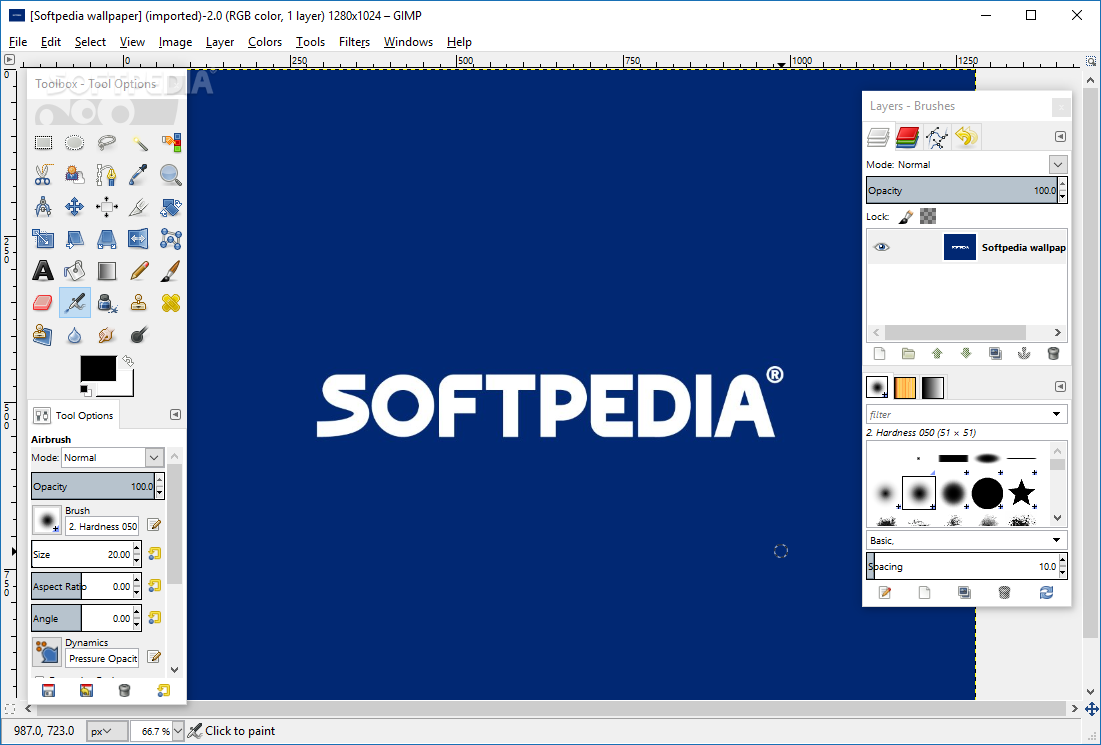

Click this button to download a ZIP file of the plugin to your computer. From here, you will see another button labeled “Download ZIP” (denoted by the pink arrow in the image above).

Click on this to bring up the “Clone with HTTPS” dialogue box. You will see a bright green button labeled “Clone or Download” (denoted by the red arrow in the image above). This will take you to Kevin’s gimp_scripts page under the tab “Code.” To download it, start by visiting this link. Kevin has made his Luminosity Mask Setup plugin available to download for free on GitHub. In this quick tutorial, I show you how to download Kevin’s plugin and install it in versions GIMP 2.10 and newer! Step 1: Download the “Luminosity Mask Setup” Plugin This plugin is based in-part on a script that was originally created by Pat David, but Kevin’s script incorporates the task of automatically labeling each layer, adding the appropriate corresponding layer mask to each layer, and grouping the layers into Layer Groups to keep the composition more organized. However, a developer and GIMPer (the term we use to describe subscribers to the Davies Media Design GIMP YouTube channel) named Kevin Thornton created a custom plugin using some coding (he created it using the Python coding language) to allow us GIMP users to perform adding Luminosity Masks to image compositions simply by selecting the command from the Filters Menu. That above paragraph was not designed to actually tell you how this process is completed – just to give you an idea of the complexity of the process. For more information on how Luminosity Masks work and why they are useful, I recommend checking out the tutorial.ĭespite this method being useful and giving you more control over your image, it can be a bit of a time consuming process as it involves duplicating and desaturating your original image, selecting areas of certain luminance in your image and creating custom channels from those areas, and then applying each new custom channel to a new layer mask – which creates 9 duplicated versions of your original image plus 9 layer masks. In other words, you can make image adjustments that will only affect the aforementioned portions of the image – like changing the colors of the lightest parts of the image using the Color Balance tool or increasing the shadows of the darkest parts of an image using the Shadows-Highlights tool. This technique allows you to edit the light, lighter, and lightest parts of an image, the dark, darker, and darkest parts of an image, and the three different levels of mid-tones in an image separately. In May of this year (2018), Davies Media Design created a tutorial on how to edit photos using a luminosity mask in GIMP 2.10.


 0 kommentar(er)
0 kommentar(er)
